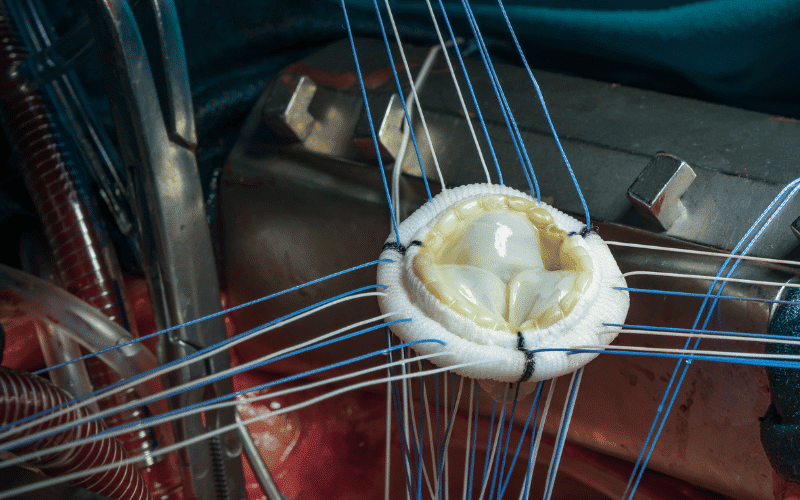Fact 12. The Silent Damage: Cardiomyopathy and Heart Valve Problems

Cardiomyopathy’s ripple effects often extend to the heart valves, the vital structures that control blood flow in and out of the heart. The condition, especially in its dilated form, can cause the heart’s chambers to enlarge and stretch the valve openings. This distortion can lead to valve leakage or regurgitation, a complication where the valves don’t close properly, causing blood to flow backward.
Mitral and tricuspid regurgitation are commonly observed in individuals with cardiomyopathy. The former involves the mitral valve – the gateway between the left atrium and left ventricle – while the latter concerns the tricuspid valve, situated between the right atrium and right ventricle.
Regurgitation can amplify the heart’s workload, exacerbating the underlying cardiomyopathy and sometimes leading to heart failure. Symptoms might include fatigue, breathlessness, swelling in the ankles and feet, and irregular heart rhythms.
However, the onset of valve problems may be gradual, and early stages might not present noticeable symptoms, earning the descriptor ‘silent damage.’ Regular follow-ups and diagnostic evaluations are, therefore, essential in managing cardiomyopathy.
Treatment for valve problems in cardiomyopathy hinges on the severity of the leakage and the patient’s overall condition. Options might range from medications to manage symptoms and slow disease progression to valve repair or replacement surgery in severe cases. (11)